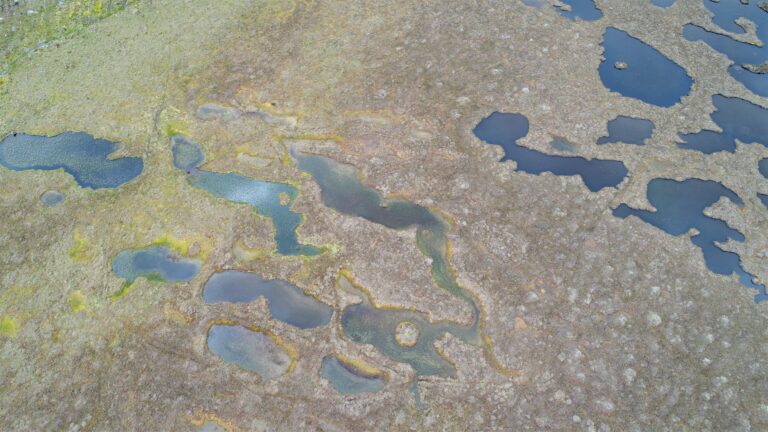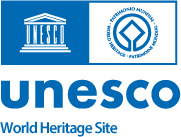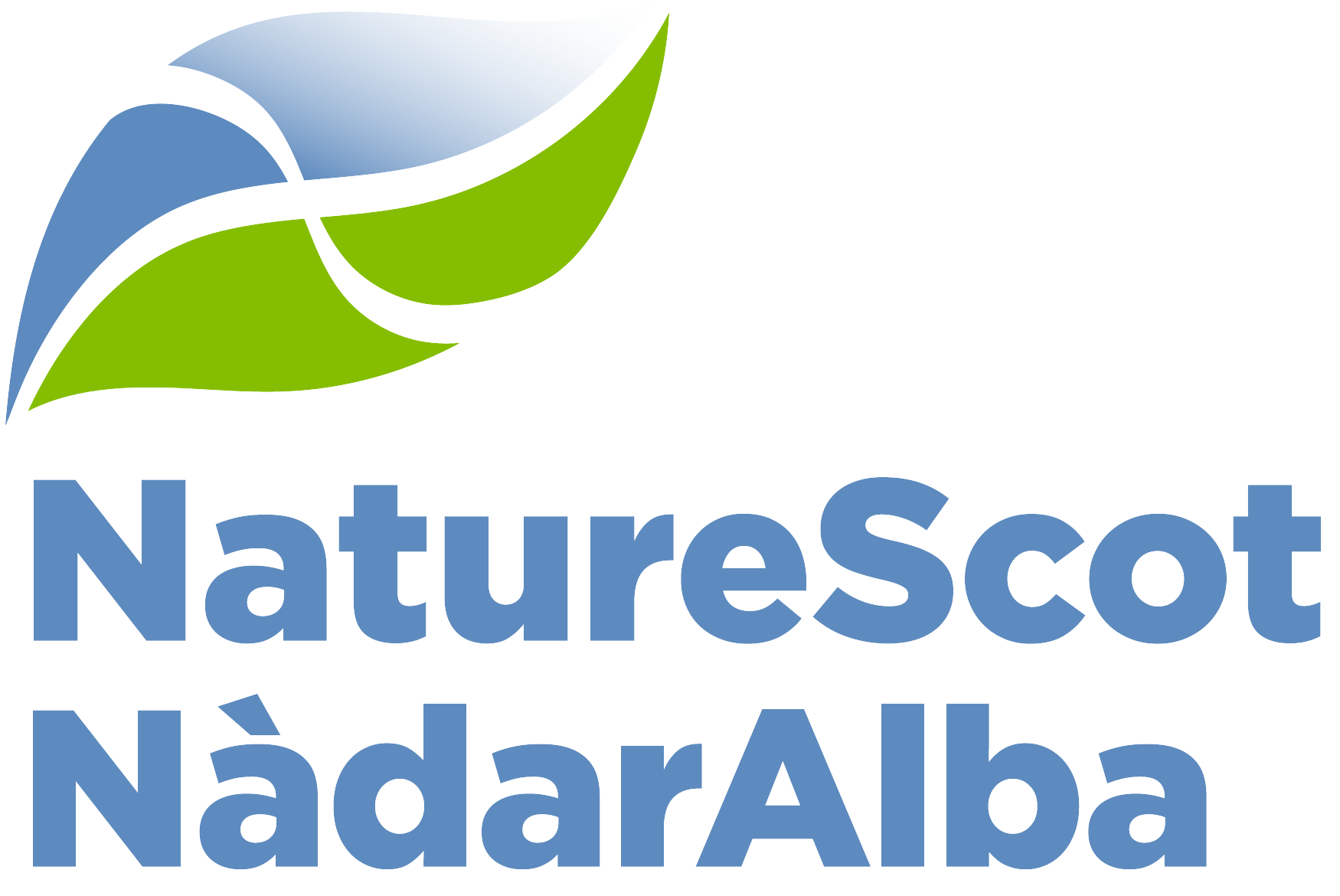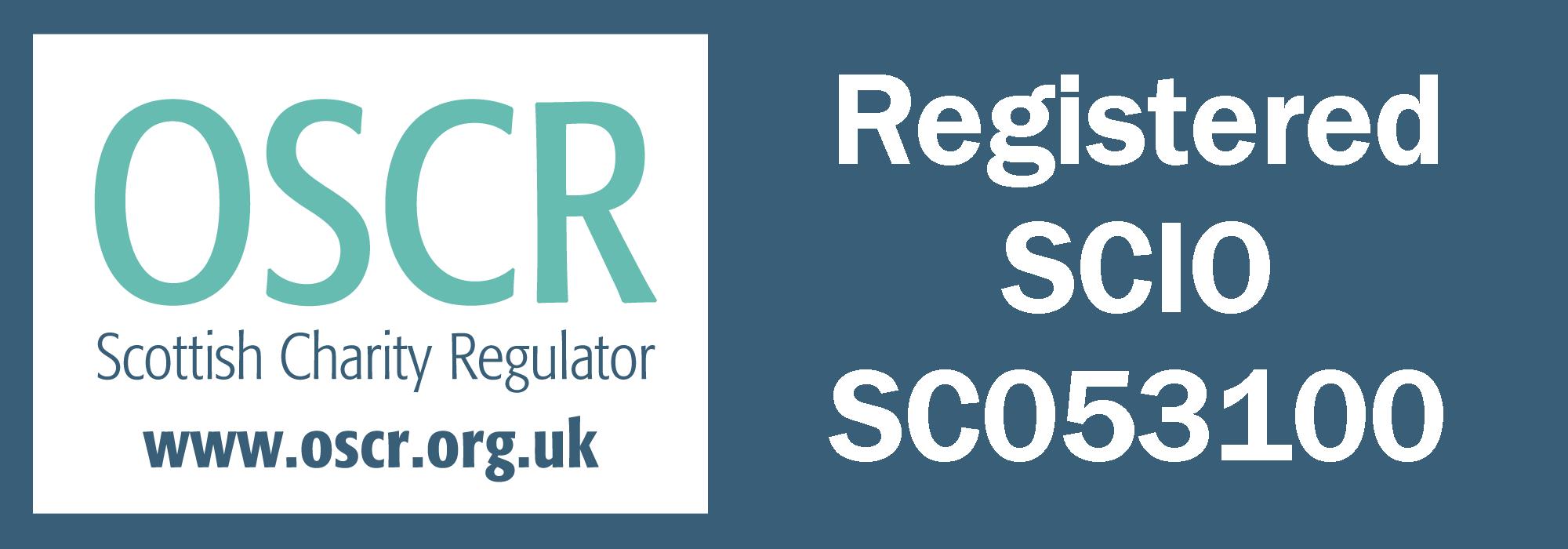Management of the Site will be guided by a single clear Management Plan, developed by a stakeholder partnership comprising key landowners and managers, government agencies, local communities and scientific experts, and also through public consultation.
A key requirement for the management of this property lies in continued strong and adequately resourced coordination and partnership arrangements focused on the World Heritage property.
What a Flow Country World Heritage Site can bring to Caithness and Sutherland
The Flow Country has experienced human influence for thousands of years and this landscape will continue to be shaped by those fortunate enough to call it their home.
We have been working with communities to help ensure that The Flow Country continues to be a world-class habitat, as well as ensuring that local people feel the benefit of this highest of heritage accolades.
Community consultation and input is key in shaping the World Heritage bid, and what can be achieved through World Heritage inscription. This has included initial consultation of the concept in 2019, consultation on the proposed boundary (May – July 2022) and on the draft management plan (18th of July – 12th September 2022).

Thinking creatively can reap rewards
A recurrent theme in world heritage is that you receive those benefits which you prepare for, e.g. considering how local business can benefit from promoting the WHS and using the WHS brand.
Some world heritage sites take advantage of the prestige of the accolade to attract heritage or eco tourists to stay and spend in the region for longer, while other sites might be more interested in the educational or social benefits, or create a branded product such as the Jurassic Coast inspired ice cream brand.
Some WHS have Ambassador schemes such as the Belper Ambassador Scheme at Derwent Valley Mills where local organisations and businesses can be trained as ambassadors helping to ensure that locals and visitors alike know all that Belper has to offer; or the Youth Ambassadors at Blaenavon who take on the challenge of helping themselves and other young people to have a voice in the World Heritage Site’s management.
From our local engagement activities, the most common hopes for the region were an increase in sustainable tourism, funding for community projects, environmental protection, the reversal of social issues such as depopulation and lack of job opportunities. The most cited concerns were over-tourism and restrictions on land use.




